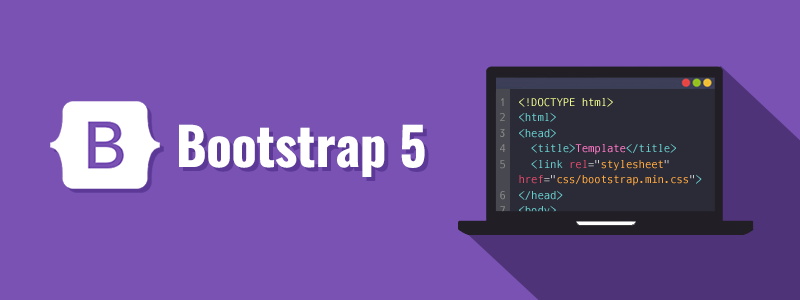Efficient Web Development
10 Oct 2024
Why Use Frameworks
When it comes to web development, it is important to create websites that are visually appealing, responsive and easy for users to utilize as well. This process of web development can be greatly simplified when incorporating tools such as user interface frameworks like Bootstrap. Frameworks offer a huge set of already made classes and functions that you can use at any time rather than having to manually style everything in CSS. Although learning how to use frameworks has a steep learning curve being nearly as difficult as learning a new programming language, the benefits and advantages that it offers can definitely be worthwhile. When it comes to web development, frameworks are a step up from raw HTML and CSS and can serve as very useful tools for developers.
The Challenges and Rewards
When it comes to learning how to incorporate frameworks into web development, the process can be just as difficult as learning a new programming language. UI frameworks come with so many predefined classes, components and utility functions that would definitely take the user time to familiarize themselves with. The process of learning the different classes and functions can seem daunting at first, however over time, it is not as difficult as it seems. After stepping over the initial learning process, using frameworks can offer many components that can be easily customizable and integrated into a project or websites. This makes the development process much more efficient and at the same time provides more appealing and responsive websites.
My Experience With Bootstrap
Before coming into my ICS 314, software engineering class, I had already familiarized myself with HTML and CSS. Until this point, I have been using them for very simple and easy to create websites or projects, but when it goes to a larger scale, HTML and CSS do not seem to be the best option especially when frameworks exist. One of the assignments I completed using bootstrap was recreating a company’s website of my choice and in the process, I found that using bootstrap made my life so much easier. If I were to have to redesign the website with raw HTML and CSS, I would have to make many divs and style those divs to serve as a navbar or rows and columns. With bootstrap, I can simply assign the div with classes such as container, row or div which works the same way, greatly simplifying the process. I have found utilizing the built in classes to be very straightforward and once familiarized, much easier than raw HTML and CSS.
Conclusion
Overall, for a web developer, getting familiar with frameworks and their built in components can be a very crucial tool. It greatly simplifies the process of creating appealing and responsive websites by providing consistency and efficiency. Although there can be a steep learning curve, it is simply a short term hurdle that can provide long term benefits in productivity and maintainability. No matter the framework that is being used when it comes to creating more large scaled websites or projects, frameworks can serve as a very big step up from using raw HTML and CSS.